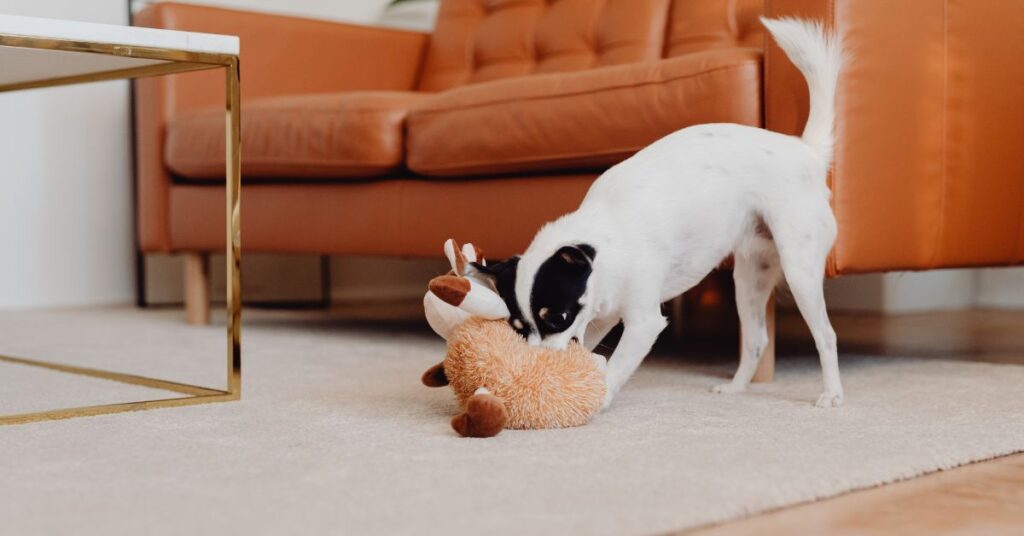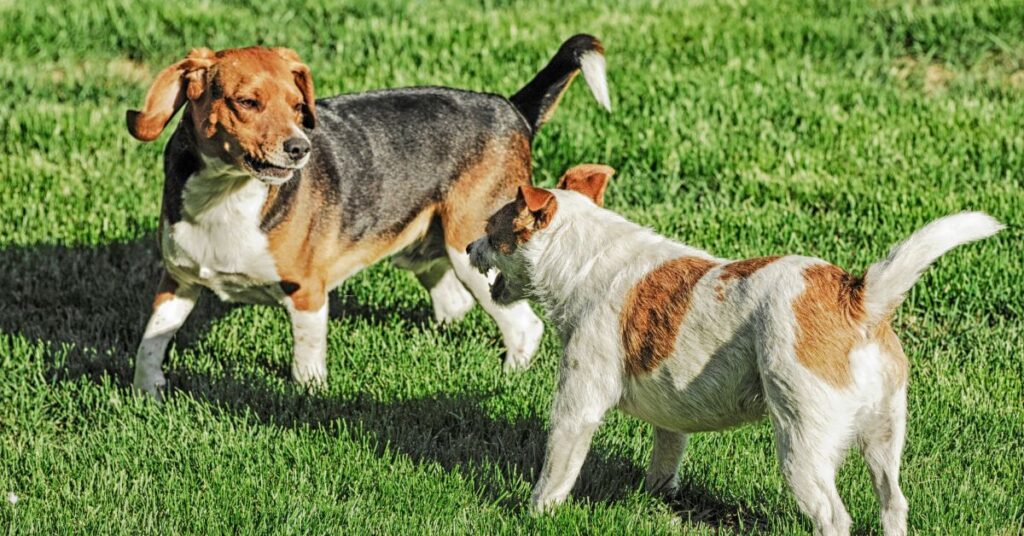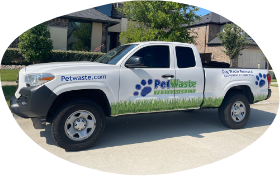Resource guarding in dogs.
If your dog growls, snaps, or freezes when you approach their food bowl, toy, or favorite spot on the couch, you’re witnessing a behavior called resource guarding. This natural, yet sometimes challenging behavior can strain the bond between you and your furry friend. Understanding why resource guarding happens and learning how to address it can help your dog feel more secure and reduce tension at home.
This article is courtesy of Doo Doo Squad serving Rocklin, CA.
What is Resource Guarding?
Resource guarding is a behavior where a dog protects something they value. It could be food, toys, or even a resting spot. While this behavior stems from natural survival instincts, it can escalate if left unaddressed, causing safety concerns for humans and other pets in the household.

For more details on canine behavior and instincts, check out this guide on understanding dog psychology.
Why Do Dogs Resource Guard?
Resource guarding can happen for several reasons:
- Genetics and Survival Instincts: In the wild, protecting resources was essential for survival. Domestic dogs can inherit these tendencies.
- Fear of Loss: If a dog feels their resources are constantly being taken away, they may guard them more fiercely.
- Traumatic Experiences: Dogs that have faced food scarcity or competition in the past are more likely to exhibit guarding behavior.
Recognizing Signs of Resource Guarding
Common signs of resource guarding include:
- Growling or snarling when approached
- Freezing or stiffening near a resource
- Lunging or snapping
- Hiding objects in unusual spots
Understanding these warning signs is the first step to managing the behavior safely.
Tips for Managing Resource Guarding in Dogs
Dealing with resource guarding requires patience, consistency, and a tailored approach. Here are practical steps you can take:
1. Avoid Confrontation
Never punish or forcibly remove the guarded item. This approach can increase fear and aggression. Instead, use positive reinforcement to build trust.
2. Teach a “Trade” Command
Encourage your dog to swap the guarded item for a high-value treat. This helps them associate your approach with rewards instead of loss.
3. Desensitize with Gradual Approaches
Start by walking near your dog while they have their resource and reward calm behavior. Over time, decrease the distance and reward them for remaining relaxed.
4. Provide Abundance
Ensure your dog has access to plenty of toys, chews, and food. When resources are plentiful, the need to guard often diminishes.
5. Seek Professional Help
If resource guarding leads to severe aggression or creates a dangerous environment, consult a certified dog behaviorist or trainer.
Preventing Resource Guarding in Puppies
Early intervention is key to preventing resource guarding in young dogs. Regularly handle their food, toys, and other items while offering positive reinforcement. Socialization and training can also help reduce fear-based behaviors before they develop.
Strengthen Your Bond
Resource guarding doesn’t have to be a lifelong issue. With understanding and patience, you can teach your dog to feel safe and secure. By addressing the underlying causes and reinforcing positive behavior, your bond with your canine companion will only grow stronger.







